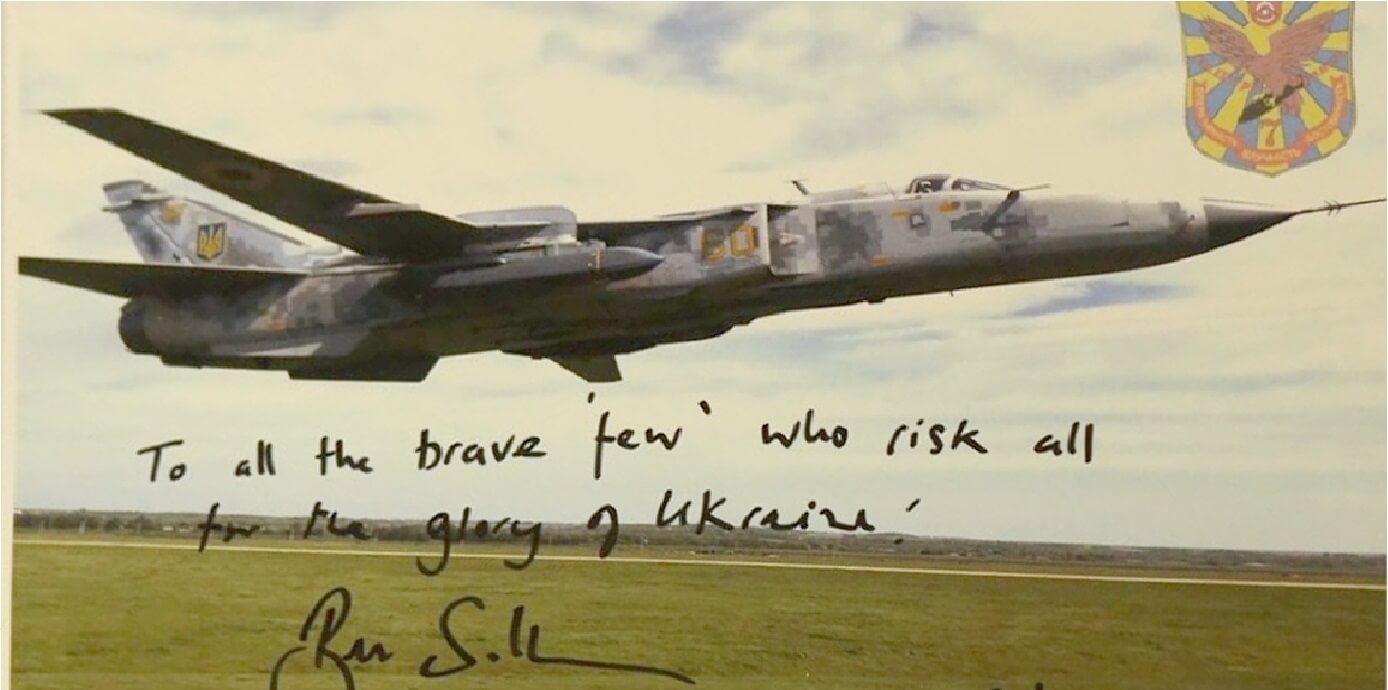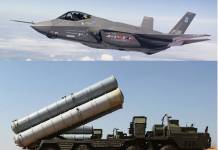The Canadian defense minister Anita Anand announced at the 12th Ukraine Defense Contact Group (UDCG) meeting on May 25 that Canada will supply the Raytheon AIM-9 Sidewinder missiles to Kyiv. The announcement was part of a larger military assistance program for Ukraine.
China ‘Furious’ With France For Placing Its Fighter Jets In Its Backyard: Recalling Taiwan’s Acquisition Of Mirage-2000
“Minister Anand further announced that Canada is donating 43 AIM-9 Sidewinder missiles to Ukraine, from the Canadian Air Force (CAF) inventory, and noted that this donation will help Ukraine to secure its skies in the face of ongoing Russian attacks,” a dispatch from the Canadian Ministry of Defense (MoD) said.
The Sidewinder, typically used as a short-range air-to-air weapon carried by combat aircraft, is being supplied to Ukraine for the first time.
Incidentally, the pledge to transfer the missile coincides with positive momentum building among US-led NATO states for arming the Ukrainian Air Force with Western fighter jets, particularly the F-16 Fighting Falcons.
Earlier, the United States had delivered sophisticated munitions like the AGM-88 HARM, which is a supersonic, air-to-surface, anti-radiation missile, as well as the Joint Direct Attack Munition-Extended Range (JADM-ER), which has since been integrated with the Soviet legacy warplanes like the MiG-29 and the Su-27 Flanker aircraft.
Moreover, Ukraine has officially acknowledged using its recently acquired Storm Shadow long-range missiles on Russian positions. In a recent development, an image published by Ukrainian Defense Minister Olexii Reznikov confirmed that a modified Su-24MR Fencer aircraft was being used for launching the Storm Shadow.

Keeping up with the practice, the Canadian AIM-9 Sidewinder missiles could be equipped on a Soviet aircraft in Ukrainian inventory in what is being seen as a sincere effort by Ukraine to fuse Western and Russian origin systems, as explained in a detailed analysis recently published by EurAsian Times.
Currently, it is unclear which aircraft will likely be chosen as the carrier of AIM-9 Sidewinder missiles or which variant of the missile will be delivered to Kyiv.
Securing potent Western-grade missiles comes at an opportune moment for Ukraine. For instance, the Storm Shadow missiles rattled Moscow when they hit Russian positions in the Luhansk region.
This is the first time Ukraine has been armed with long-range missiles, allowing them to attack enemy troops behind the frontlines.
The AIM-9 Sidewinder does not fall in the category of Storm Shadow missiles. On the contrary, it is a short-range missile that can be launched from the air and ground-particularly by the National Advanced Surface-to-Air Missile System (NASAMS), already operational with the Ukrainian forces.

Unlike the Storm Shadow missile, which measures 5.10 meters, weighs 1300 kilograms, and has a range of more than 250 kilometers, the Sidewinder missile is just 2.87 meters long, weighs just 85.5 kilograms, and has a maximum operational range of about 35 kilometers. While the Storm Shadow has a speed of Mach 0.8+, the Sidewinder flies at Mach 2.5.
However, like the Storm Shadow missile, which has been used in combat by the UK and France, the AIM-9 Sidewinder has also extensively been used by the United States and its allies. Having two classes of missiles and a range of munitions will further bolster Ukraine’s combat capability against Russia.
AIM-9 Sidewinder – A Potent Missile
The Sidewinder missile is named after an American horned rattlesnake, which hunts by the heat emitted by its prey and dwells in the desert nearby the missile’s design office.
The rattlesnake is known for its ability to orient itself to the thermal silhouette of its target while in flight, which is similar to how the seeker head of the Sidewinder missile does.
AIM-9 Sidewinder is typically a fighter aircraft-borne supersonic, heat-seeking air-to-air missile. It has an infrared heat-seeking navigation system as well as a high-explosive warhead.
The missile’s main components are an infrared homing guidance section, an active optical target detector, a high-explosive warhead, and a rocket motor.
The missile can target the aircraft’s engine exhaust thanks to the infrared guiding head. An infrared unit can be used day/night against electronic countermeasures and is less expensive than other guidance systems.
The missile’s infrared seeker also enables the pilot to launch it, flee the area, or engage in evasive maneuvers as the missile finds its target.
The AIM-9 Sidewinder made its combat debut on September 24, 1958, over the Taiwan Strait. The Chinese People’s Liberation Army Air Force (PLAAF) had skillfully exploited the speed and altitude advantages of their MiG-17s against the F-86 Sabre, which served as the premier fighter for the Republic of China Air Force (Taiwan) at the time.
In case such a conflict emerged again, the US military had secretly armed Taiwan with AIM-9B Sidewinders to level the playing field.
In a different type of air warfare training, USAF F-100 Super Sabres impersonated high-flying MiG-17s while ROCAF F-86 pilots learned how to use Sidewinders to strike hostile aircraft from below while the US Marine Corps retrofitted the F-86s to carry these missiles.

The MiGs used their customary tactics to move, but they received an unpleasant surprise from below, and 10 of them were swatted from the sky by Sidewinders before they knew what struck them. There were no losses for Taiwan’s F-86s.
The PLAAF’s invasive flights into Taiwanese airspace ultimately halted (for the time being) after this incident upended China’s whole air warfare strategy because neither their speed nor their altitude advantages could counter-balance the threat posed by the Sidewinder.
The US military later deployed the Sidewinders in the Vietnam War. However, it did not achieve desired results in that warzone.
The missile also saw extensive use in the 1965 Indo-Pakistani War, the Six Day War, the War of Attrition, the 1971 Indo-Pakistani War, the Yom Kippur War, the Iran-Iraq War, the Falklands War, and many other conflicts.
- Contact the author at sakshi.tiwari9555(at)gmail.com
- Follow EurAsian Times on Google News




